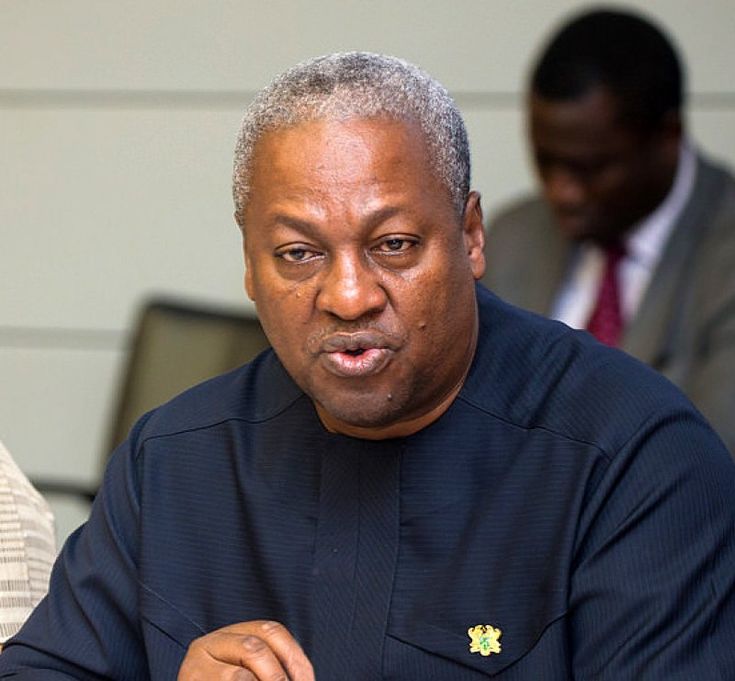Africa is buzzing with creativity, innovation, and groundbreaking stories, and at AfriSocial Trends, we’ve made it our mission to bring you the best of what this vibrant digital ecosystem has to offer. From Ghana to every corner of the continent, we provide a platform to showcase Africa’s ingenuity in the digital age. Whether you’re a curious observer, a budding content creator, or someone passionate about African stories, AfriSocial Trends is your go-to hub for staying in the loop.
Why AfriSocial Trends?
The digital landscape in Africa is evolving at lightning speed. Social media has become more than a space for sharing—it’s now a platform for storytelling, a marketplace for ideas, and a launchpad for global careers. From viral trends and influential creators to groundbreaking indie films, African culture is leaving an indelible mark on the world stage.
At AfriSocial Trends, our goal is to amplify these stories, celebrate the brilliance of African creators, and provide insights that matter. Through programs, reviews, and educational initiatives, we’re building a space where Africa’s digital talents can shine while empowering creators with the tools they need to succeed.
Programs and Highlights
1. News and Insights on African Content Creators
Africa is in the midst of a digital revolution. Platforms like Instagram, TikTok, YouTube, and Twitter have given rise to a new generation of influencers and creators who are shaping narratives, fostering cultural pride, and driving social change.
At AfriSocial Trends, we feature these trailblazers, spotlighting their journeys and achievements. From comedic geniuses in Nigeria to fashion moguls in South Africa, tech innovators in Kenya, and viral TikTok stars in Ghana, we celebrate the diversity of African talent.
In our Creator Insights series, we dive deeper into the lives of these digital pioneers—exploring how they got started, the challenges they face, and the strategies they use to stay ahead in an ever-competitive space.
2. African Film Reviews: Telling Our Stories
Africa’s film industry, from Nollywood to emerging cinematic hubs like Ghana and Senegal, is thriving. Every year, new directors, writers, and actors redefine what African cinema can be. At AfriSocial Trends, we bring you in-depth reviews of these films, whether they’re blockbuster hits making waves globally or indie gems that deserve a spotlight.
Our reviews go beyond the surface, unpacking the themes, cultural nuances, and storytelling techniques that make African films unique. Through this, we aim to bridge the gap between creators and audiences while celebrating the authenticity of African storytelling.
3. Trending Topics: What’s Buzzing Across the Continent?
The internet moves fast, and so does Africa’s digital culture. Whether it’s a hashtag sparking political change, a viral meme uniting people across borders, or a trending dance challenge taking over TikTok, we’re here to break it all down.
Our Trending Topics section dives into the stories captivating audiences across the continent. We not only explore what’s trending but also analyze why it matters—offering insights into the cultural, social, and economic forces driving these conversations.
Empowering Creators Through Financial Education
Content creation is more than just a passion; it’s a career. Yet, many African creators struggle to navigate the financial aspects of their work, from monetizing content to managing irregular income streams. At AfriSocial Trends, we recognize this challenge and are committed to equipping creators with the knowledge they need to succeed financially.
Turning Creativity into Income
For many African creators, earning money from their craft remains a daunting task. Platforms like YouTube, TikTok, and Instagram offer monetization options, but unlocking these opportunities requires more than talent. We provide step-by-step guides on how to:
- Grow your audience and engagement.
- Access monetization features on various platforms.
- Partner with brands and negotiate fair contracts.
- Build multiple income streams, from ad revenue and affiliate marketing to merchandise sales and Patreon subscriptions.
Budgeting for Creators
One of the biggest challenges for creators is managing an irregular income. We share practical tips on how to budget effectively, save for the future, and invest in tools and resources that enhance productivity.
Investing in Yourself
From investing in better equipment to learning new skills, creators often need to spend money to grow. Our content highlights affordable ways to level up, from free online courses to cost-effective gear recommendations.
The Art of Content Repurposing
In the fast-paced world of social media, content often has a short shelf life. But what if you could maximize the value of every piece you create? AfriSocial Trends is here to show you how.
Reusing Videos for Educational Value
Videos that entertained audiences once can be repurposed to educate them next. For example:
- TikTok & Instagram Clips: Combine your best-performing clips into a longer YouTube video or educational course.
- Behind-the-Scenes Content: Share your creative process to inspire others.
- Live Streams: Turn highlights into bite-sized posts for other platforms.
We provide actionable tips on how to transform existing content into something fresh and engaging, all while maintaining its educational value.
Building Africa’s Digital Future Together
The beauty of Africa’s digital transformation is that it’s not just about the creators—it’s about the community. Every meme shared, story told, and trend started reflects the collective creativity of the continent. At AfriSocial Trends, we’re not just reporting on these moments; we’re a part of them.
Collaboration and Growth
Our platform encourages collaboration among creators, helping them connect, share ideas, and grow together. Whether through creator spotlights, educational programs, or networking events, we’re building a community that thrives on mutual support.
Representation Matters
Africa’s narratives have long been shaped by external voices. AfriSocial Trends is dedicated to changing that by amplifying authentic African voices and ensuring they’re heard on a global stage.
Stay Informed, Stay Inspired
AfriSocial Trends isn’t just a platform; it’s a movement. By bringing you the best of African digital culture, we aim to inspire, educate, and empower. Whether you’re here to catch up on viral trends, discover new films, or learn how to grow as a creator, there’s something for everyone.
So, join us as we explore the stories that matter and the creators who are shaping the future. From Ghana to the world, Africa is rising—and we’re here to celebrate every step of the journey.
Visit us at www.afrikreate.com to stay connected, stay informed, and stay trending. Together, we’re showcasing the best of Africa’s digital revolution.















